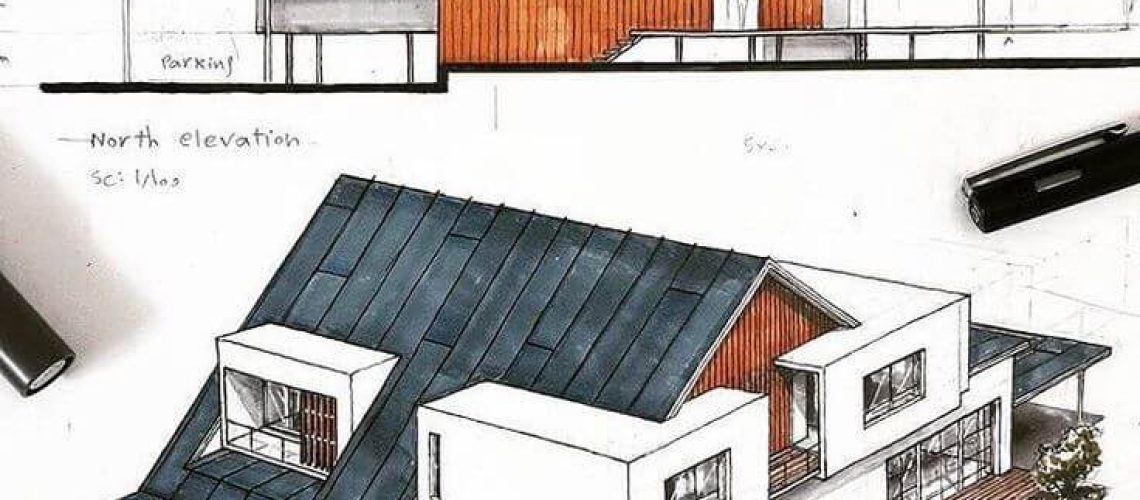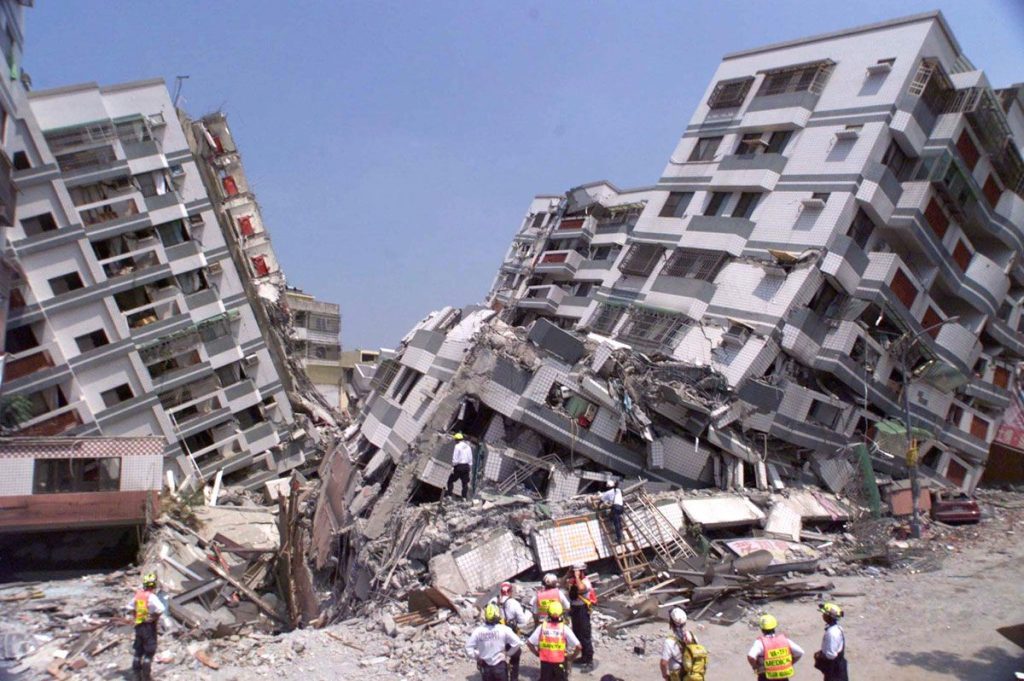Architects in construction plays an important role and they are responsible for visual appearance of the buildings and structures before final structural design. Architect is a person appointed by the client, who develops a facility as per the design concept and the requirements specified by the client. They develop creative designs that are in aesthetically fit. The architect makes use of vision and creative ideas to satisfy the client. But the design evolved by the architects have to satisfy with the building laws and the regulations of the state.
An architect should have both artistic and functional mind for the design of structures. Once an architect is approached by a client, he convenes a meeting in order to obtain a design brief. An edifice is designed by the architect that will satisfy the client. The architect brings more of creativity and artistic elements on the building. This creation of design will be repeated till both the parties; that is, the client and the designer are satisfied.
The project discussion carried out by the architect includes the following works:
- The initial step involves understanding the client’s requirement through a detailed discussion. A careful note on his/her objectives and the expectations are taken.
- Quantifying and qualifying the project will involve the discussion about the expected budget, the characteristics of the site and other planning regulation of the area under consideration.
- Next is the difference sequence of operations, guarantees, and responsibilities offered by the architect. This will include:
- Understanding the limitations and potential of the site.
- Discussing about the financial targets
- Suggesting and studying all possible solutions if the work is renovation or rehabilitation or a new construction
- Bringing and presenting the feasibility study
- Different choice of site or building based on the requirement
- Provision of different options to overcome different administrative procedures
- Procedures planned and prepared are kept in line to make communication easier.
Architects work hand-in-hand with other professionals such as civil and the heat and air conditioning engineers (HVAC Engineers) to deliver qualified designs. Architects have several responsibilities during all stages of a project, from the initial drafts and meetings to the inauguration of a building. Architects are appointed by the client, and they have the duty of gathering all the information and ideas necessary to create a functional space that meets client needs while being code compliant.
Once an architect is contacted by a client, a meeting is called to discuss the project needs and requirements. Several meetings may take place until both parties are satisfied with the conceptual design. However, designing an entire building is a huge task for a single person; architects work with civil and structural engineers to discuss technical issues and the structural integrity of a building.
Architects are not just involved in the building design phase. Their role is important in every stage of a project, and this article summarizes their responsibilities. Architects can also help improve energy efficiency, by designing buildings that maximize natural lighting and ventilation, while reducing the heating and cooling needs.
Project Discussion
An architect is hired by a client to create a detailed design of a concept or idea that a client wants to bring to life. Meetings and discussions with different team members and engineering professionals take place before the design approval. Some topics that must be discussed during those meetings are client requirements, expected budget, site characteristics, safety and local planning regulations.
Documents And Drawings
Architects are responsible for creating detailed drawings and testing the project feasibility. Traditionally this was done by hand, but modern BIM and CAD software speed up the process significantly. During this stage, multiple revisions and re-drawings take place to incorporate changes based on client needs, budget and regulations.
The final blueprints guide builders to deliver the desired structure, and this includes plans for all structural, mechanical and electrical systems. Other technical documents that must be created along with the plans are design instructions and technical specifications for contractors. Following the final design comes the contract proposal, which allows the creation of cost estimates and the timescale of the project.
Cost Estimation
Cost estimation at different stages of the project allows better control over the budget. Architects visualize the whole building structure, bringing creative designs and ideas to the construction industry, but these also require an underlying structural design and Mechanical, Electrical and Plumbing (MEP) installations.
Architects and engineers must be careful not to underestimate the cost of materials and construction time, since this will help to minimize chances of cost overheads. The amounts of details presented by architects in their cost estimations depends on their extent of work: they can be in charge of presenting a complete construction estimation, or just a part such as landscaping.
Architects can help during the contract negotiation phase, and they may suggest and choose the contractors for different activities especially if the contract is not a design a build contract. Once all tenders are received, the architect carries out analysis reports, and results are compared with the client’s expectations and budget.
Once construction begins, architect will perform site visits and meetings, negotiations with contracts and dealing with and resolving any problems that may occur. Some of the documentation that takes place during construction phases will require architect’s signature and approval.
- Customer service and retention: It is important for architects to develop social skills and manners, since they are usually the first construction professional that works with a client. Since they work closely with clients during all project stages, architects must have excellent oral and written communication skills.
- Design: Architects must design, plan, and develop concepts to create construction plans and technical documents. These are based on client requirements and ideas.
- Research: Architects must learn about the different building codes, safety regulations, construction innovations and city laws that affect their designs. Since these regulations are in constant evolution, they must stay up-to-date with new laws and requirements.
- Technology knowledge: Architects must be trained in modeling software and techniques, such as BIM and CAD software. This will help them remain competitive in the construction industry, which is becoming more technological.
As discussed before, architects and civil engineers work together during the planning, design, and construction phases of building projects. The difference is reflected on the main goal of each professional.
- Architects will focus on the aesthetics, look, feel and functionality of a structure. It is important to note that architects also have technical knowledge on construction methods and structural design, but that aspect is mostly delegated to civil engineers.
- Civil engineers will concentrate on analyzing the structural integrity of the project. This included making sure the structure will support the loads and forces it will endure during its lifespan.
By working together, architects and civil engineers can find innovative ways to meet the client’s vision and requirements. A good working relationship between the two professions guaranties an effective and successful job.
We provide you with the best modern Architectural designs. Email: [email protected]





